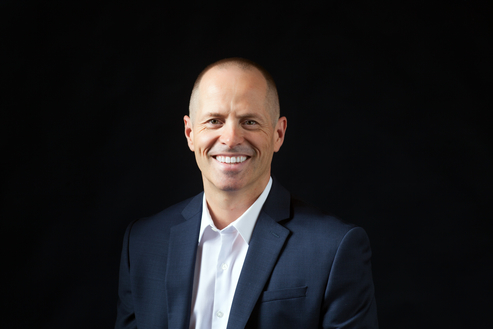Call us 713-560-7859
ULTIMATE GUIDE TO PREPARING FOR A CORPORATE PHOTOSHOOT
Preparing for a corporate photo shoot can be a challenging task, but investing in quality photography can help your business or brand stand out from the competition.
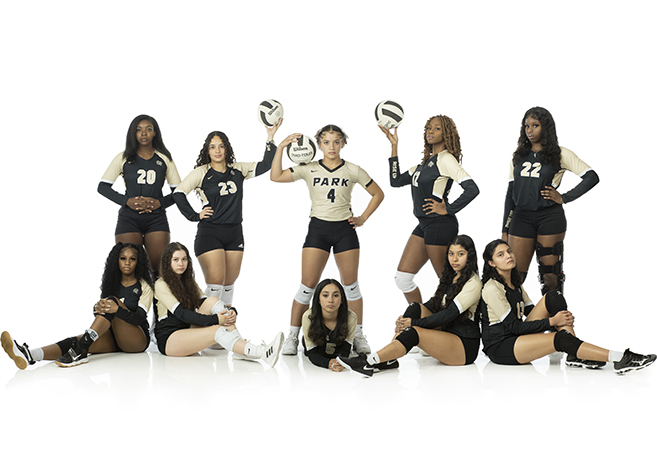
With experience working with companies such as Comfort Systems USA, Carbo Ceramics, McKain Power Systems and others I have learned that organizing a photo shoot for a team of any size should take time and planning.
In this article, I will provide tips on how to make the process to run smoothly and achieve great headshots.
Steps to organizing a photo shoot
Define roles and responsibilities
Assign specific tasks to managers and set clear deadlines. Establish a clear plan for who will be responsible for what, including details such as organizing the shoot, determining who needs to be in the frame, etc. Additionally, consider having a marketing manager or art director oversee the shoot to ensure that everything runs smoothly and stays on schedule. Send us your questions for personalized responses!

Set goals
Before the photo shoot, it's important to clearly define your goals and ensure that the style of the images aligns with your brand. Setting goals in advance will help you achieve outstanding results, and also can help to avoid any problems that might come up on the day of the shoot.
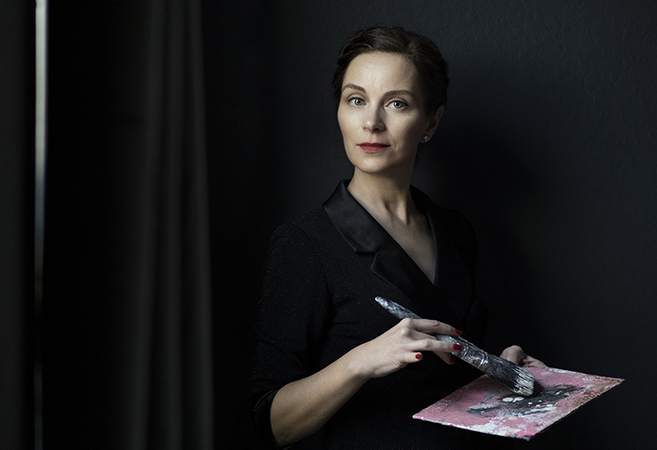
To help you plan and brainstorm ideas for your photo shoot, consider the following questions:
* Where do you plan to use the photos?
* Will they be used on your website, social media, in email campaigns, press releases, booklets, banners, or magazines?
* Having a clear understanding of the usage of the photo will help you to communicate your specific requirements to your photographers.
* This will also help you choose right composition, location, and overall look of the photos to make sure that it's tailored to your brand style.
* Will they be used on your website, social media, in email campaigns, press releases, booklets, banners, or magazines?
* Having a clear understanding of the usage of the photo will help you to communicate your specific requirements to your photographers.
* This will also help you choose right composition, location, and overall look of the photos to make sure that it's tailored to your brand style.
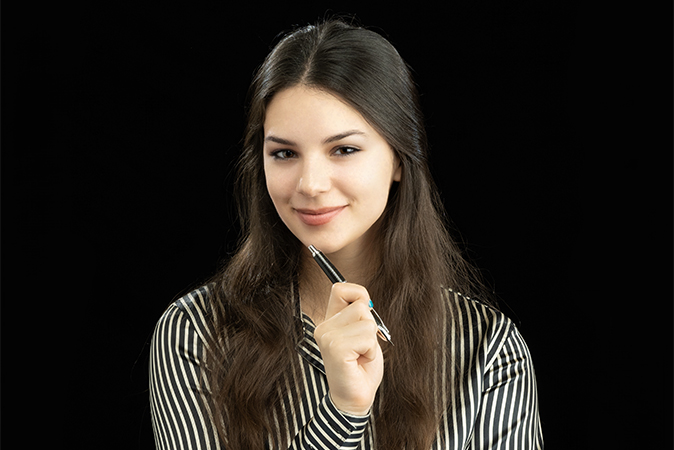
It's important to have a clear idea of the type of photos you need before the photo shoot, including:
* What are the specific poses you are looking for (e.g headshot, full length, up to the waist)?
* What are the specific poses you are looking for (e.g headshot, full length, up to the waist)?
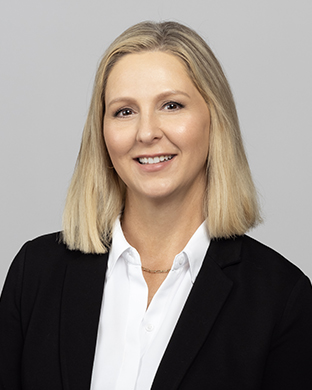


* Would you prefer the orientation of the image to be horizontal or vertical?
The location of the shoot will also play a big role in determining the background, lighting, and composition of the photos. Consider if you want to include the outside scenery in the photo and if you prefer the background to be in focus or blurred. These questions will help you articulate your vision to the photographer and ensure that the final results align with your goals.

Determine the location where you want the shoot to take place, some options you can consider are:
* On your company's premises
* Outdoors
* In a studio - all inclusive basic package details
* The location will also affect the equipments that need to be set up, so it's important to think about it ahead of time.
* On your company's premises
* Outdoors
* In a studio - all inclusive basic package details
* The location will also affect the equipments that need to be set up, so it's important to think about it ahead of time.
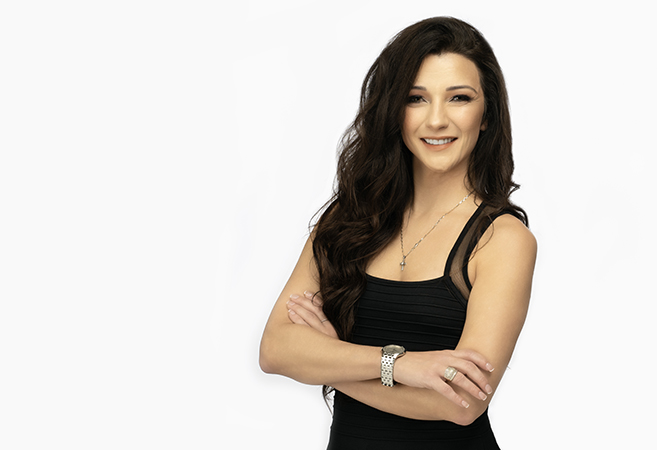
The way that your business representatives are photographed can have a big impact on how potential clients perceive your company. It's important to think about what kind of vibe you want to communicate through the photos.


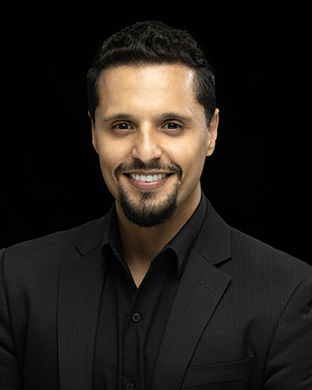
Consider the following questions to help determine the tone and style of the shoot:
* How would you describe your workplace (e.g. friendly, fun, professional, creative, etc.)?
* What type of tone do you want to convey (e.g. serious, confident, modern, inviting)?
* What look do you want to achieve with the photos (e.g polished, minimalistic, sophisticated, artistic)?
* How would you describe your workplace (e.g. friendly, fun, professional, creative, etc.)?
* What type of tone do you want to convey (e.g. serious, confident, modern, inviting)?
* What look do you want to achieve with the photos (e.g polished, minimalistic, sophisticated, artistic)?
Additionally, think about logistics such as:
* How many employees need to be photographed?
* If a group photo will be taken, how many employees will be included in it?
* What are your corporate colors and should it be incorporated in the photos?
* Having a clear image of what you want to achieve from the photoshoot will help you communicate your requirements to the photographers.
* How many employees need to be photographed?
* If a group photo will be taken, how many employees will be included in it?
* What are your corporate colors and should it be incorporated in the photos?
* Having a clear image of what you want to achieve from the photoshoot will help you communicate your requirements to the photographers.

Present your ideas
Once you have clearly defined your requirements for the headshots, it's important to communicate your expectations to the photographer. Share your vision for the overall look and feel of the photos and ask the photographer what they will need to achieve that specific style. Providing detailed information in advance will make it easier for the photographer to direct the session. You can share the details either through an in-person meeting or via email, but it may be more effective to meet in person.
Additionally, be sure to provide the photographer with a detailed plan for the shoot, including information on timing, equipment needs, team size, and any special requirements that may need to be addressed. This will help ensure that the photographer is fully prepared for the shoot and that everything runs smoothly.
Additionally, be sure to provide the photographer with a detailed plan for the shoot, including information on timing, equipment needs, team size, and any special requirements that may need to be addressed. This will help ensure that the photographer is fully prepared for the shoot and that everything runs smoothly.

In addition to planning the details of the photo shoot, it's a good idea to have the photographer visit the location beforehand to take some test shots and assess what additional equipment they may need. This will help ensure that everything runs smoothly on the day of the shoot.
Before the photo shoot, it's important to agree on certain details with the photographer, such as:
* The expected turnaround time for receiving the edited photos.
* The number of photos that will be provided.
* If you want to view the original images and choose which ones to keep.
* Whether any retouching is required for faces and bodies.
* The expected turnaround time for receiving the edited photos.
* The number of photos that will be provided.
* If you want to view the original images and choose which ones to keep.
* Whether any retouching is required for faces and bodies.
Manage time
To make sure the shoot runs smoothly, it's also important to manage your time effectively. Don't plan any other events or meetings immediately after the shoot, as it may take longer than expected. If you need the photos by a certain date, schedule the shoot a few weeks beforehand to give the photographer enough time to edit the images. It's also best to schedule the shoot for early in the morning, around an hour after the start of the business day.
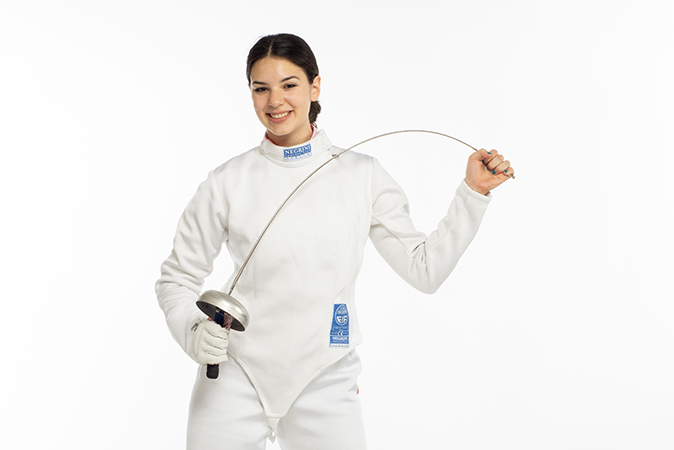
Create a detailed schedule
Creating a detailed schedule for the shoot is also important. Include buffer time in case things take longer than planned, and make sure to factor in time for equipment set-up and break down.
Providing clear wardrobe guidelines, meeting location and duration of the shoot will help ensure that everyone is prepared.
Have a plan B for locations or dates in case of inclement weather. Letting your building manager know of any outdoor shoots can prevent conflicts related to cleaning, landscaping, or construction that may interfere with the shoot.

Make lists
To ensure that everything runs smoothly on the day of the photo shoot, it's important to make lists and bring printed copies to the shoot. This should include information such as the overall scenes, locations, participants, wardrobe, props, etc. Make sure to think through all of the props that will be needed in detail, such as desk supplies, laptops, and chairs.
Get everyone together
It's also important to remind your colleagues of the upcoming photo shoot in advance. Send everyone the schedule, explain the purpose of the shoot, and emphasize the importance of being on time. Provide them with information on any props or clothes they are expected to wear or bring, and give them the contact information of a person they can reach out to if an issue arises.
Contract
Having a contract in place to protect both parties is also a good idea. The photographer will send you a contract to sign.
Get dressed
In terms of wardrobe, it's best that each team member's clothes complement both the location and each other. Simple, conservative, and classic clothing styles work well for professional business portraits.


Business attire should be clean, well-pressed, and fresh-looking. Solid tones and colors, as well as simple designs, are always a good choice.
Grooming Tips
Grooming and dress code guidelines like wearing comfortable, well-fitted and ironed clothes, long sleeves, buttoning-up the shirt, neutral color pallete, keeping jewelry low-key etc. should be shared with the team prior to the photoshoot.

When preparing for a corporate photo shoot, there are certain things you should avoid in terms of wardrobe, grooming and makeup choices.
* Avoid clothes with prints, large lines, stripes, or busy patterns, as these can distract attention away from your face.
* Avoid clothes with visible branding or decals.
* Avoid makeup products that shimmer or sparkle, as these can be affected by strobe lights.
* Avoid bright or neon colors, as these may not align with the overall aesthetic of the shoot.
* Avoid trying a new hairstyle before the shoot. If you plan to color or cut your hair, make sure it is done at least two weeks prior to the shoot to allow for any adjustments.
* Also, avoid trying or using new products on your hair, face, or body before the shoot, as this may cause unwanted blemishes or reactions.
* Stick with neutral colors and classic clothing styles, as these tend to photograph well.
* Grooming like being clean-shaven, trimmed hair, manicured nails, etc is recommended.
* Avoid over-styling your hair as it may not look natural.
* Jewelry should be kept minimal and simple.
By following these guidelines, you can help ensure that you look your best in the photos and that they align with the overall aesthetic and goals of the shoot.
* Avoid clothes with visible branding or decals.
* Avoid makeup products that shimmer or sparkle, as these can be affected by strobe lights.
* Avoid bright or neon colors, as these may not align with the overall aesthetic of the shoot.
* Avoid trying a new hairstyle before the shoot. If you plan to color or cut your hair, make sure it is done at least two weeks prior to the shoot to allow for any adjustments.
* Also, avoid trying or using new products on your hair, face, or body before the shoot, as this may cause unwanted blemishes or reactions.
* Stick with neutral colors and classic clothing styles, as these tend to photograph well.
* Grooming like being clean-shaven, trimmed hair, manicured nails, etc is recommended.
* Avoid over-styling your hair as it may not look natural.
* Jewelry should be kept minimal and simple.
By following these guidelines, you can help ensure that you look your best in the photos and that they align with the overall aesthetic and goals of the shoot.
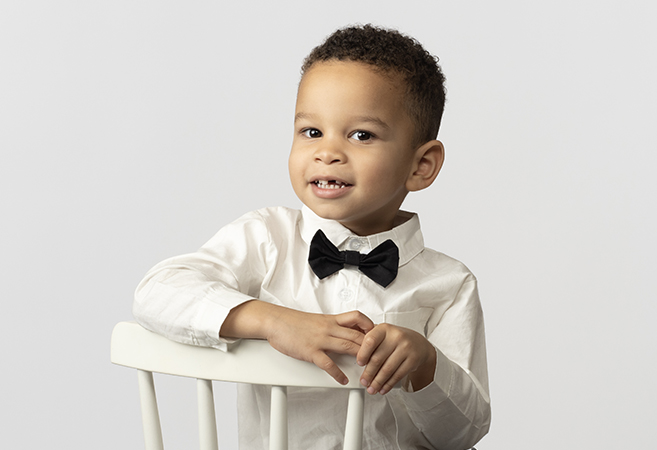
SUBSCRIBE FOR THIS BLOG
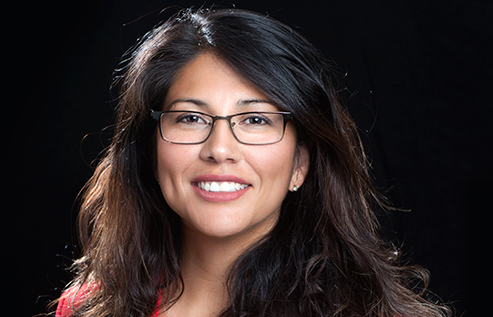
-2.jpg)
